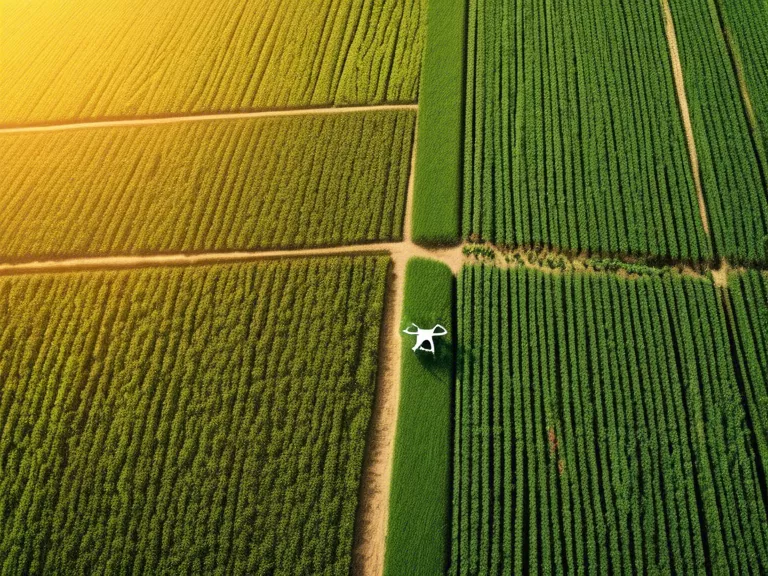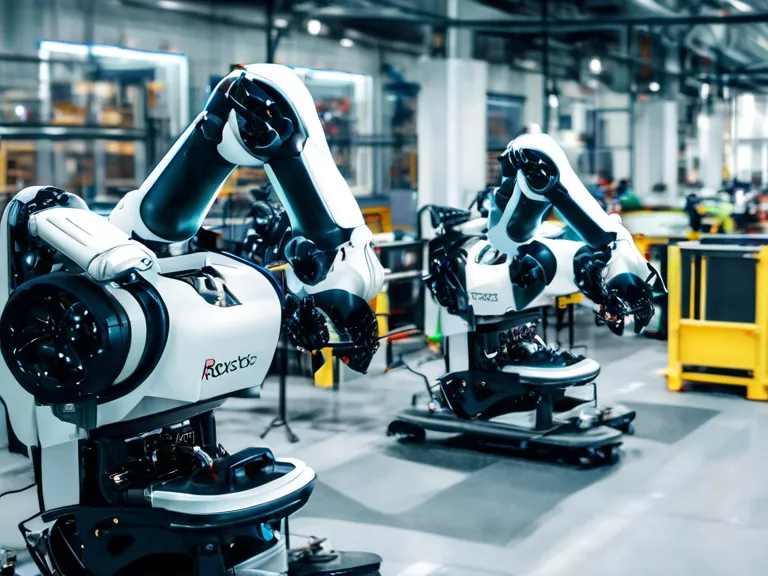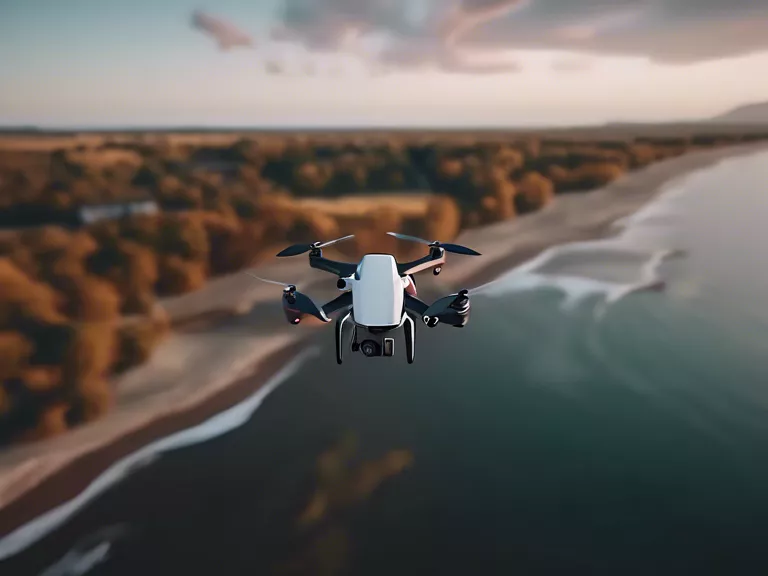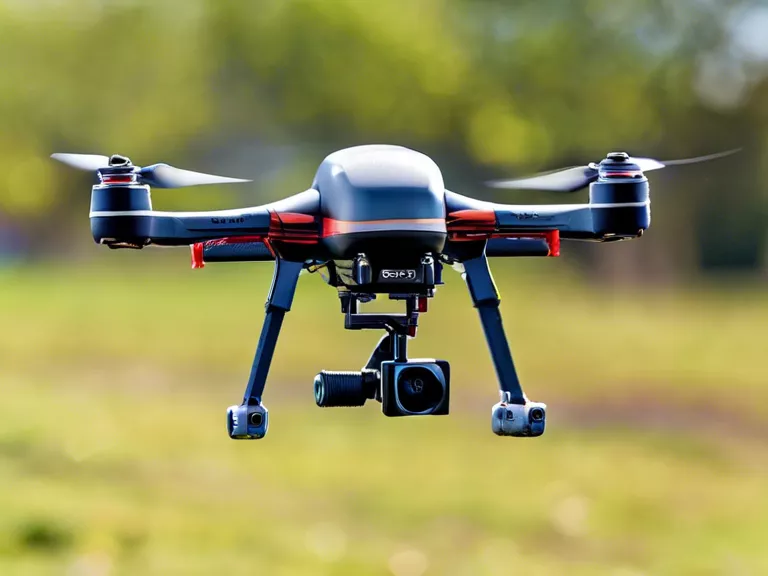
Drones have revolutionized the field of agriculture by providing farmers with a powerful tool for crop monitoring and analysis. In precision agriculture, drones are being used to gather data that can help farmers make informed decisions about their crops, leading to increased yields and reduced costs. This article explores how drones are supporting precision agriculture with crop monitoring and analysis.
Drones equipped with cameras and sensors can capture high-resolution images of crops from above, providing farmers with valuable insights into the health and growth of their plants. By analyzing these images, farmers can identify areas of stress, disease, or pests early on, allowing for targeted interventions and ultimately improving crop health.
Furthermore, drones can also collect data on plant health, soil moisture levels, and nutrient status, all of which are crucial factors in determining crop yield. With this data in hand, farmers can adjust their irrigation and fertilization practices to optimize crop growth, leading to higher yields and better quality produce.
In addition to monitoring crop health, drones can also help farmers with assessing field conditions and planning planting strategies. By surveying the land from above, drones can generate detailed maps that highlight topographical variations, drainage patterns, and other factors that may affect crop growth. This information can help farmers make informed decisions about planting locations and crop varieties, ultimately leading to better outcomes.
Overall, drones are proving to be invaluable tools in precision agriculture, providing farmers with the data they need to make smarter decisions about their crops. By leveraging drone technology for crop monitoring and analysis, farmers can increase yields, reduce costs, and ultimately improve the sustainability of their operations.



